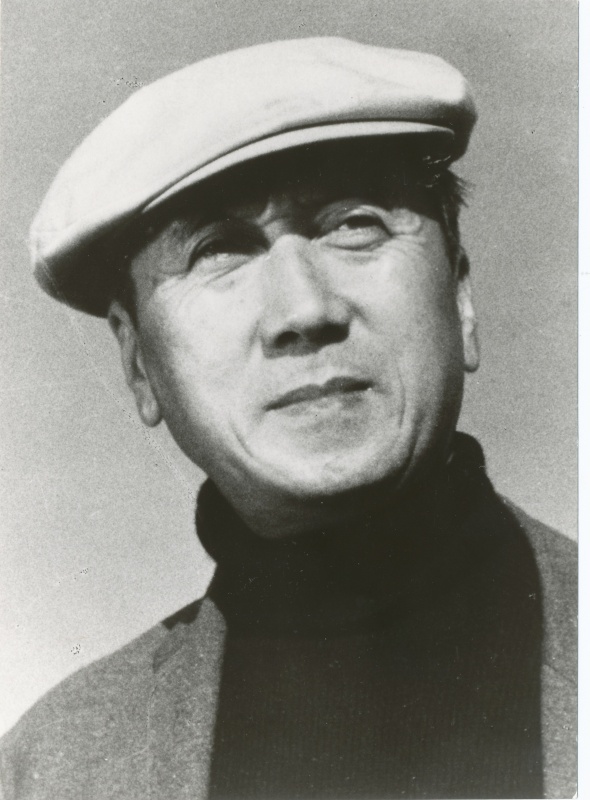GOSHO Heinosuke (1902-1981)

After making his directorial debut at Shochiku Kamata in 1925, Gosho went on to produce such renowned works as The Neighbor's Wife and Mine (Madamu to nyobo, 1931), Japan's first fully fledged talkie, and The Dancing Girl of Izu (Koi no hana saku, Izu no odoriko, 1933). Despite scoring a postwar hit with Toho's Once More (Ima hitotabi no, 1947), his contract with the studio was terminated during the Toho Labor Dispute, leading him to found the independent production company Studio Eight. Collaborating with emerging young talents such as existentialist novelist SHIINA Rinzo and composer AKUTAGAWA Yasushi, Gosho was a prolific creator of melodramas pulsing with the intertwining anxieties, hopes, benevolence, and desires of Japanese society. He had an exquisite eye for detail, creating unsettling stories that offered a glimpse into life's abyss through the window of everyday life, be it via a casual gesture or household goods, captured in all their subtlety with precise camera blocking. In addition to helming hits like Elegy of the North (Banka, 1957) and Hunting Rifle (Ryoju, 1961), in his later years he also directed a documentary and a filmed puppet play, thus channeling his insatiable curiosity to support Japanese cinema from both an artistic and commercial standpoint. He was also an accomplished haiku poet who wrote under the penname Goshotei.
(Written by TAMADA Kenta / Reference: National Film Archive of Japan screening program / Translated by Adam Sutherland)
(Written by TAMADA Kenta / Reference: National Film Archive of Japan screening program / Translated by Adam Sutherland)
[ Director ]
- Rebellion of Japan (1967)
- Our Wonderful Years (1966)
- When a Woman Loves (1960)
- Maria of the Ant Village (1958)
- The Yellow Crow (1957)
- Where Chimneys Are Seen (1953)